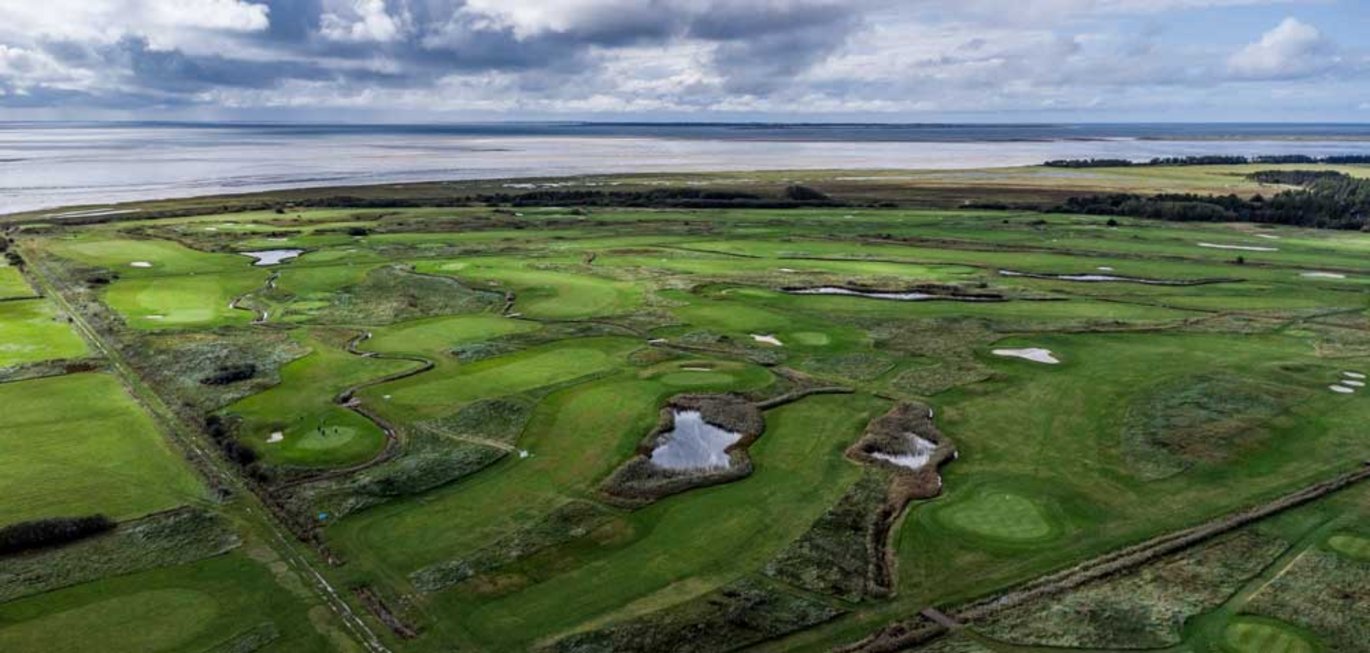Do you work with geographic data in your research, teaching, or consultancy?
Did you know that through AU’s GIS Committee, you have access to vast amounts of data and software (e.g. from ESRI), which you can use completely free of charge in your work – from elevation contours and demographic data to historical aerial photographs and much more? The AU GIS Committee is ready to answer your questions and help you get started.

Does the distance to the screening site affect whether women attend breast cancer screenings? Has a field just been sprayed, meaning you should wait before taking your soil samples? And which rooftops are best suited for solar panels if you want to maximise solar energy capture? These are just a few of the many questions that Geographic Information Systems (GIS) have helped staff at Aarhus University to answer.
“At the AU GIS Committee, we collect maps and data on elevation contours and boundaries, climate data, carbon maps, aerial photographs, demographic data, environmental data, and much more. If you bring your own data, we also provide software so you can create your own maps, analyses, and models,” says Mette Balslev Greve, academic employee at the Department of Agroecology and a member of AU’s GIS Committee. She continues:
“So, if your work contains a geographical element in any way, it’s really only your data and imagination that set the limits for what GIS can be used for.”
The geodata collection at AU includes publicly available data from, among others, the Danish Nature Agency, the Danish Geodata Agency, the Danish Agency for Climate Data, and Statistics Denmark, as well as data that AU has purchased access to or produced itself over time. For example, the Department of Agroecology continuously adds data on soil carbon content or indices based on satellite imagery.
“The big challenge is that many researchers are unaware of GIS and our software, which can do so much more than the free tools many currently use. For instance, I recently spoke with a PhD student who saved an entire year of data collection after discovering that the data was already available through us,” says Mette Balslev Greve.
To better understand users’ needs and raise awareness of AU GIS, the AU GIS Committee has just sent out a questionnaire to everyone working with geographic or spatial data in their research.
You can find and complete the questionnaire right here.
About AU GIS
The Department of Agroecology, the School of Culture and Society, the Department of Ecoscience, and the Department of Environmental Science run AU GIS in collaboration with AU IT and AU Buildings. You are welcome to contact AU’s GIS Committee at gisudvalg@au.dk if you have any questions about the service.